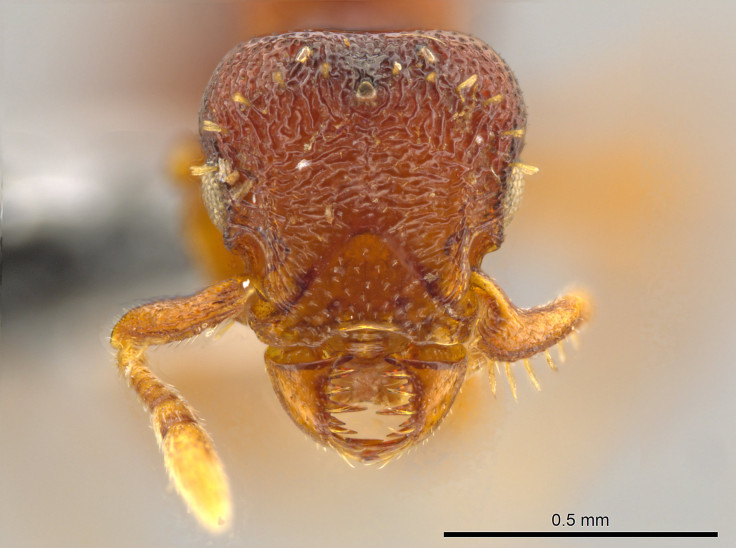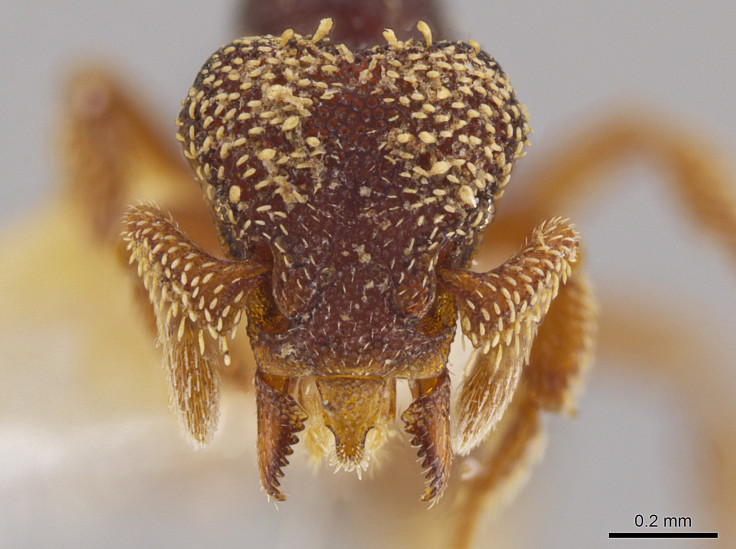33 New Ant Species Identified, Predatory Insects Considered ‘Stuff Of Nightmares’ [PHOTOS]


They are smaller than a grain of rice, nearly eyeless and crawl on the forest floors in Central America. And there are 33 new species of them.
So says a University of Utah biologist who identified the newly identified species of predatory ants in Central America and the Caribbean. The tiny ants resemble “mini-monsters” who can camouflage in clay to capture their prey.
“They look a little like the monster in ‘Alien.’ They’re horrifying to look at up close. That’s sort of what makes them fun,” entomologist Jack Longino said in a statement.
Longino’s findings are outlined in two studies. The first was published on Monday in the journal Zootaxa in which Longino identified and named 14 new species of the ant genus Eurhopalothrix. In the second study to be published shortly in the same journal, Longino identified 19 new ant species from the genus Octostruma.
“These new ant species are the stuff of nightmares,” Longino said describing their appearance under a microscope. “Their faces are broad shields, the eyes reduced to tiny points at the edges and the fierce jaws bristling with sharp teeth.”
The new species are less than one-twelfth to one-twenty-fifth of an inch long. They use primitive compound eyes that detect light but can’t form images. Their prey is most likely soft-bodied insects, spiders, millipedes and centipedes, yet their predatory technique still eludes scientists.


Longino chose appropriate titles for them. The Eurhopalothrix zipacna and the Eurhopalothrix hunhau were named after Mayan demons and death gods. Another was named after the Mayan underworld.
Longino, who has collected ant species for the past 30 years, found these insects by chopping up dead wood with machetes and then using sifting devices to catch the tiny ants. Once caught, the ants are killed in a way to preserve and study them for analysis.
There are roughly 15,000 known species of ants worldwide. While some act as predators to control population sizes, they also have the ability to move seeds, aerate soil and perform excavations, Longino said.
Longino isn’t the first to capture ants on a microscopic scale. Entomologist Alex Wild’s ant photography captured the tiny creatures in battles against one another. His full collection can be viewed here.
For Longino, the species’ scary appearances might make them apt for Hollywood. “If you really want a movie monster that freaks people out, have the jaws go side to side,” Longino said describing the ants’ unusual jaws that move sideways instead of up and down.
© Copyright IBTimes 2024. All rights reserved.












